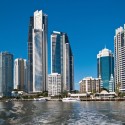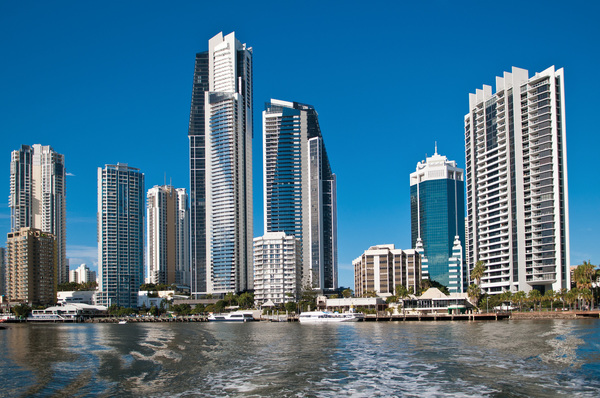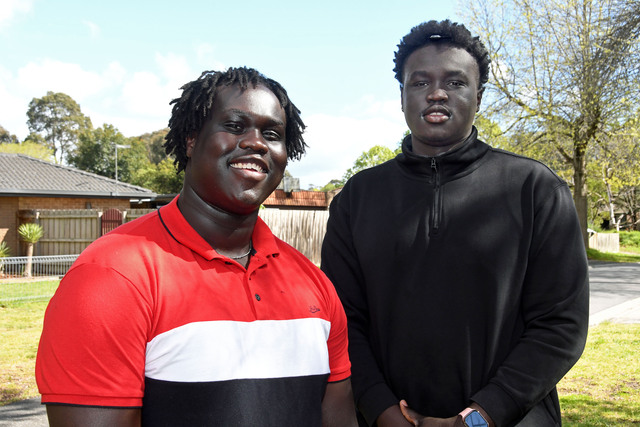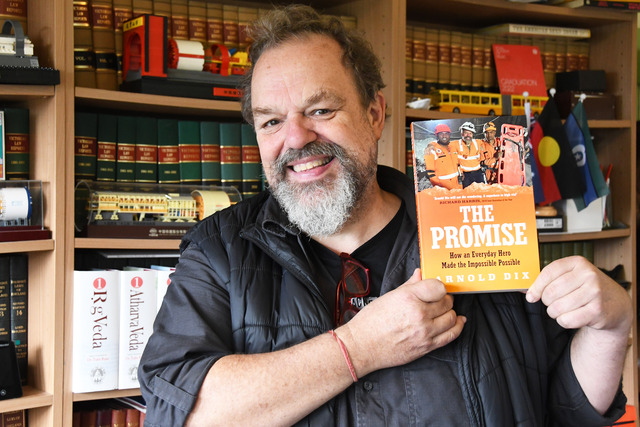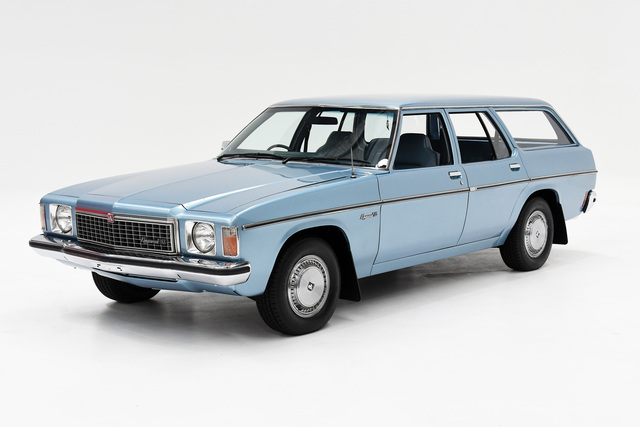“We’ve moved into a high density, high-rise world. We’re going up” – Phil Ruthven
By MARK CLANCY
THERE will be few, if any, white European faces in Dandenong in 150 years, and the city’s manufacturing hub in Dandenong South will probably consist of high-density homes to accommodate the city’s massively increased population.
That’s the vision of futurist Phil Ruthven who has attempted to predict what Dandenong would be like in 2165 when the Journal celebrates its 300th birthday.
“Forecasting is always difficult, especially when it’s about the future,” he said, quoting the caution of his profession.
He said Australia’s current population of 24 million was expected to grow to 200 million by 2165 and, of those, up to 1.2 million may call the City of Greater Dandenong home.
Mr Ruthven said Dandenong would follow other regions such as the Gold Coast and build upwards to accommodate the increase and reflect people’s ongoing desire for today’s inner-city coffee culture.
“I think it’s a lifestyle and workstyle choice. We’ve moved into a high density, high-rise world. We’re going up. Any homes that are left from our time will be in heritage areas.”
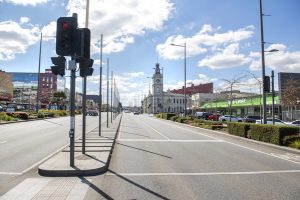
Mr Ruthven, the founder and director of social and economic forecaster IBIS World, said some people would live to 150 years and have 100-year working careers.
Thankfully, though, he said increased individual output, which has risen by about two per cent per year through improved technology, would mean that people would only need to work 15 hours a week.
They would mainly work in the service industries, which would be dominated by the health sector, although entertainment and hospitality would also be large employers.
He said Dandenong’s manufacturing sector would all but disappear as light industry moves away from the relatively recent do-it-for-me concept and back to do-it-yourself.
One hundred and fifty years ago, many day-to-day items were made as needed and the future would see that return as items are ordered ‘online’, as we now say, and created as needed on home 3-D printers.
“I would be very surprised if there was any industry in Dandenong in 150 years,” he said.
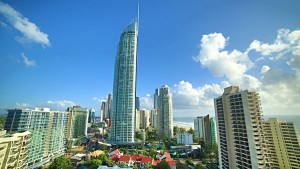
However train builder Bombardier may have a future as Dandenong becomes an inner-city suburb of Melbourne which could be reached in about 10 minutes by high-speed rail, and driverless cars would have long become a standard transport.
Australia’s population is now increasingly Eurasian and over the next 150 years the change in the inhabitants of an already multicultural Dandenong would be one of the most pronounced in the country.
“A white-skinned European is going to be a rarity in 150 years,” he said. “In 150 years you’d have to describe us as Asian.”
And he said that what was under the skin was set to be another major feature of life in the future as the massive growth in computing power took over everyday living.
But will there even be a Dandenong Journal newspaper 2165? Probably not.
He said that anyone reading this story in 150 years would see these pages as a quaint curiosity, such as people now look at parchment.
News delivery has always been technology based and the Journal’s relatively late entry into the online world would probably see the death of its printed edition.
Mr Ruthven said future generations would see ours as a particularly wasteful period epitomised by our use of newsprint and its increasing financial and environmental cost.
Hand-held devices would continue to dominate people’s interaction with the world although the under-skin haptic devices would take an increasing role.
Journal readers of the future may have their news, entertainment and education transmitted to their internal computer chips and instead of actively reading, watching or listening they may absorb the content through information osmosis.
But he added a note of caution.
“It’s a brave man who says that something definitely will or won’t happen.”

